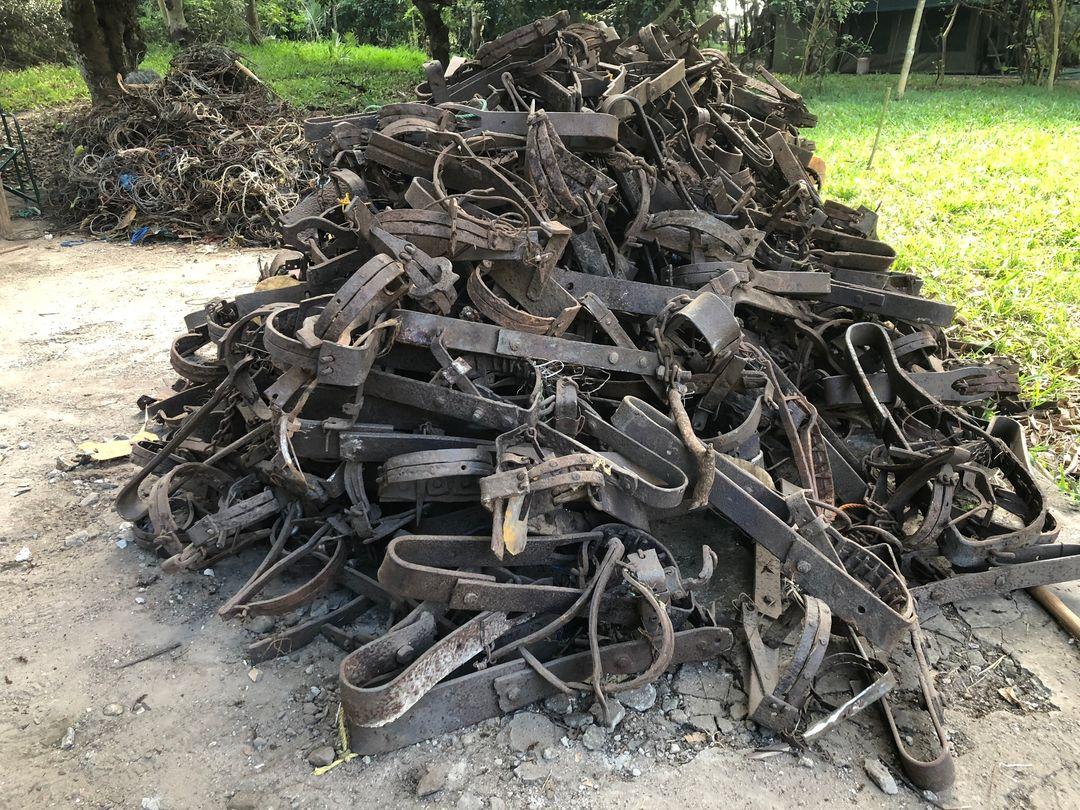Africa-Press – Mozambique. The photograph above shows two piles of gin traps and snares removed from the Zambezi Delta by rangers. It illustrates the challenge to conserving wildlife, but also the effectiveness of the local Anti-Poaching Unit, the National Administration of Conservation Areas (ANAC) reports.
In the Zambezi Delta, poaching for bushmeat using these traps is a highly unsustainable practice, since it is quite indiscriminate. And while unlikely to stop poaching completely, the Zambeze Delta Safaris (ZDS) rangers have reduced poaching to manageable levels, as evidenced by annual increases in wildlife populations.
In January 2022, Zambeze Delta Safaris received the award for ‘Best Pavilion’ at the Dallas Safari Club’s 40th Annual Convention in the United States, while Mark Haldane , a partner of the enterprise located in Coutada 11, received the ‘Best Safari Operator of the Year’ award.
The Marromeu Complex, located in the district of the same name, is a set of conservation areas declared a Ramsar site comprising a wetland of international importance in 2004.
Covering an area of 6880 km2 on the southern bank of the Zambezi delta in Sofala province, the complex Is formed by the Official Coutadas [game reserves] 10, 11, 12 and 14, together with the Marromeu National Reserve.
In Coutada 11, it is possible to see the “Big 4”, namely elephant, lion, leopard and buffalo. The area has approximately 250 species of birds and about thirty different species of mammals. It is estimated that the area has a total population of over 30,000 animals.
The Official Coutada is a state-owned sustainable conservation area under private management, intended for hunting activities (hunting) and the protection of species and ecosystems. The right to hunt is recognized through a concession contract signed between the state (through the ANAC) and the operator, with quotas approved annually.
For More News And Analysis About Mozambique Follow Africa-Press






